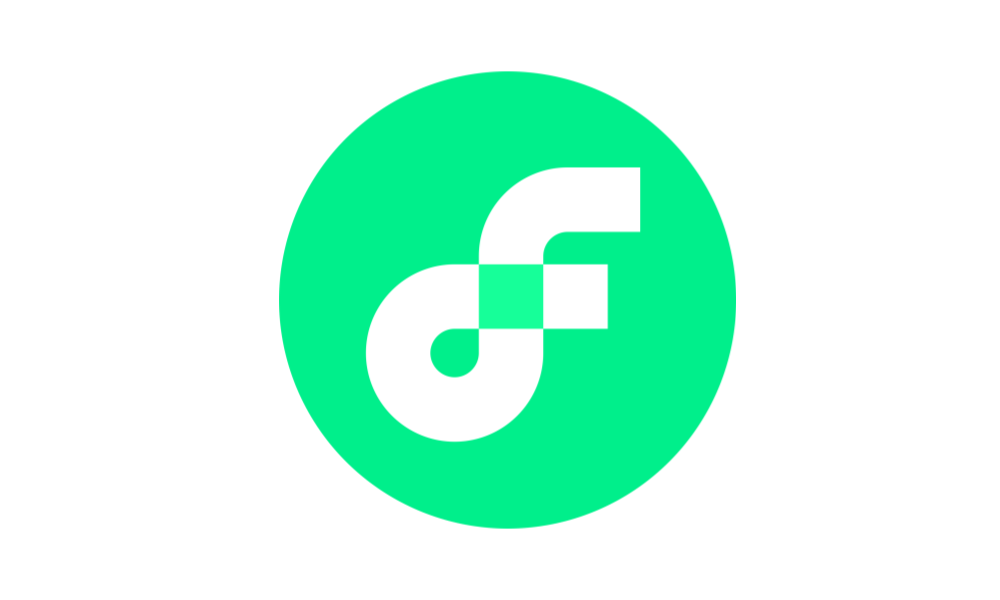Exactly the way Internet brought data from centralised servers to users, the crypto industry too is trying to do the same thing: It aims to make data decentralised and accessible to people using peer to peer networks. However, with the rapid growth of NFTs, crypto games and DAOs, the transmission of their data to support the infrastructure has been an issue. The blockchains that existed before like Ethereum and Bitcoin are hard to scale and are congested. In order to solve this problem, Dapper Labs has built their own blockchain called the Flow Blockchain. Let us dive in to understand what it is and how it functions!
So, What is the Flow?
Flow is a blockchain that enables developers and engineers to build Web3 assets and applications such as Decentralized Autonomous Organisations (DAOs), crypto games, Non Fungible Tokens (NFTs) and others. In doing so, it aims to act as the backbone of the digital economy of the future. Unlike Ethereum, Flow has the ability to scale to billions of users. The key advantage of using Flow is that it allows exceptional user experience while supporting scaling.
The genesis of FLOW begins In 2017 when Dapper Labs created Crypto kitties which later became the world’s first widely adopted blockchain game. It was built on Ethereum and quickly became famous. Consequently, transactions started pouring in. The sheer volume of Crypto kitties related activity nearly crashed the Ethereum network. The transactions on Ethereum slowed down and became expensive. This mishap led to developers at Dapper Labs to create their own blockchain that can support large applications and massive transactions. Therefore, Dapper Labs created the Flow blockchain that has lesser congestion and cheap transactions even as it can operate at a larger scale.
How does Flow coin work?
The Flow blockchain’s foundations are set on four pillars:
- Multi-role architecture: Flow utilises blockchain validators or miners by pipelining their work across different roles. This reduces the redundant effort by prioritising concerns while avoiding sharding.
- Resource-oriented programming: Flow uses Cadence to write codes for smart contracts. It’s a new programming language for crypto-assets and applications. Using Cadence, developers can create unique and durable digital assets.
- Developer ergonomics: Flow follows the best practices of product development in smart contracts. It allows upgradable smart contracts which can be deployed on the blockchain in a beta mode. Here, the developer has the autonomy of editing and perfecting the code before making it immutable forever. Once the code is finished, the authors can release their control and it becomes safe for users to use.
- Consumer onboarding: The Flow blockchain has paid extra focus on the experience of the customers. It follows what is termed the ‘native account model’ to provide a series of benefits to beginners and seasoned experts alike. For instance, there are hooks built into the platform to allow for account recovery after losing the keys.
Apart from these, Flow also uses a fast proof of stake consensus mechanism with near-instant finality. Not just that: it uses recoverable smart accounts instead of keys to enhance the user experience.
The FLOW token: a snapshot
The FLOW token is the native governance token of the Flow blockchain platform. Small amounts of FLOW tokens are used to pay transaction fees on the platform. Additionally, a minimum reserved balance is used to pay for storage space on the network. The token can also be used for staking as well as the currency in which staking rewards are paid. You can buy flow coins and start earning rewards instantly. Flow is a proof-of-stake system, so operations of the validator nodes require FLOW tokens. Additionally, it can also be used as collateral on defi products on the platform. The token also follows deflationary tokenomics even as the platform grows.
Conclusion
To conclude, the FLOW token is the backbone of the Flow ecosystem. You can use the token for the following use cases:
- Staking
- Staking rewards
- Gas/Transaction fees
- Account storage deposits
- Collateral for stablecoin and other third party defi products
- Participation in future protocol governance and ecosystem development
You can now buy flow tokens on Zebpay’s crypto exchange platform!

